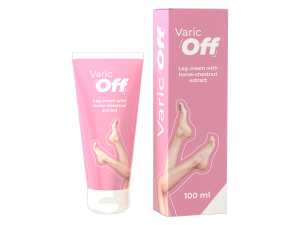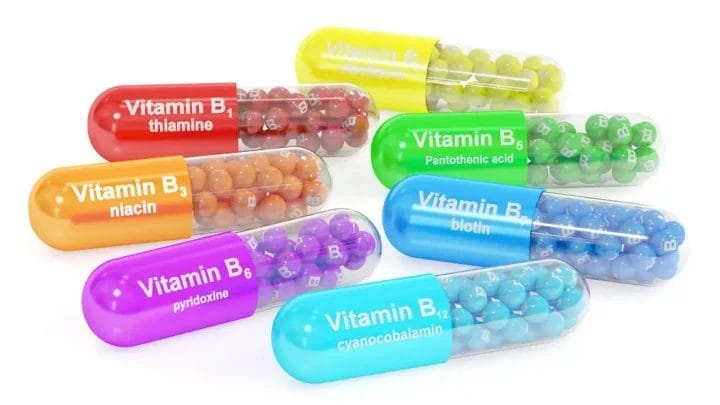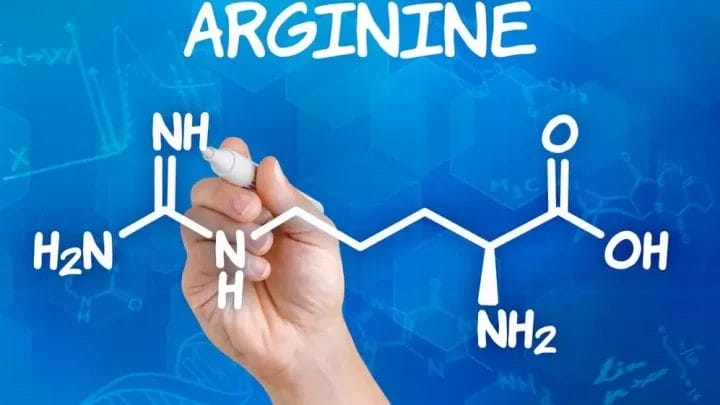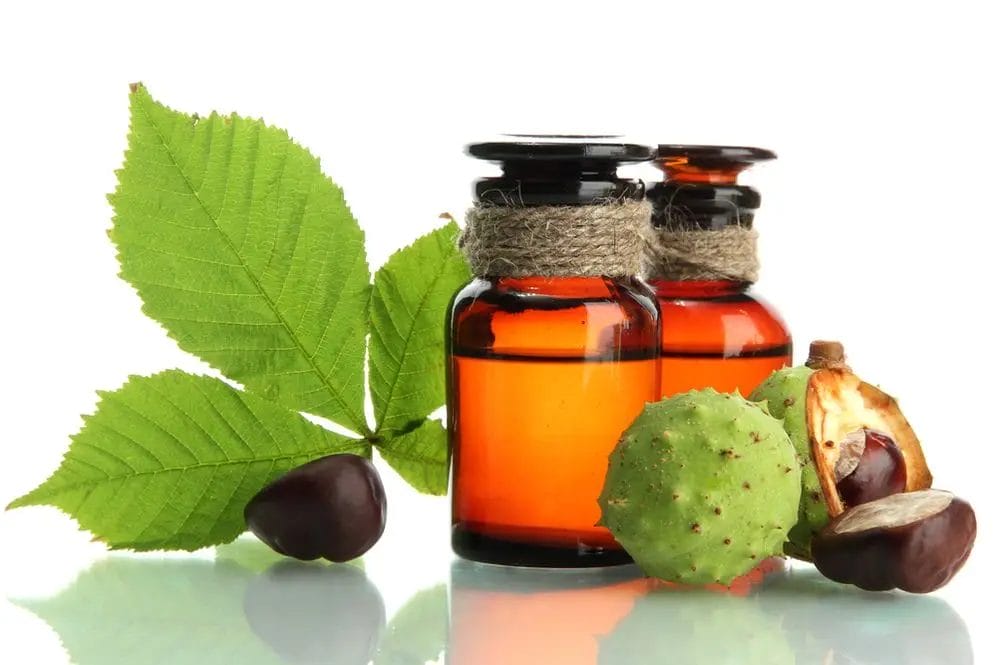
Horse chestnut extract or hesperidin – which works better for varicose veins
One of the most troublesome diseases of lower limbs are certainly varicose veins, also called chronic venous insufficiency. They manifest themselves in an exceptionally unpleasant manner, causing, among other things, strong pain, which is why they should be prevented as soon as possible. Most often in treatment and prevention of varicose veins we use preparations in the form of ointment or gel to lubricate the affected areas. They may have various compositions, but very often these are preparations containing, jointly or interchangeably, two active substances, horse chestnut extract or hesperidin, the properties and action of which will be presented in more detail.
Contents
- 1 Varicose veins – what is this painful disease
- 2 Varicose veins – the most common causes of the disease
- 3 Chestnut extract – the origin and composition of the substance
- 4 Horse-chestnut extract – medicinal use
- 5 Hesperidin – often used together with horse-chestnut extract
- 6 Horse chestnut extract and hesperidin – in which preparations they can be found
Varicose veins – what is this painful disease
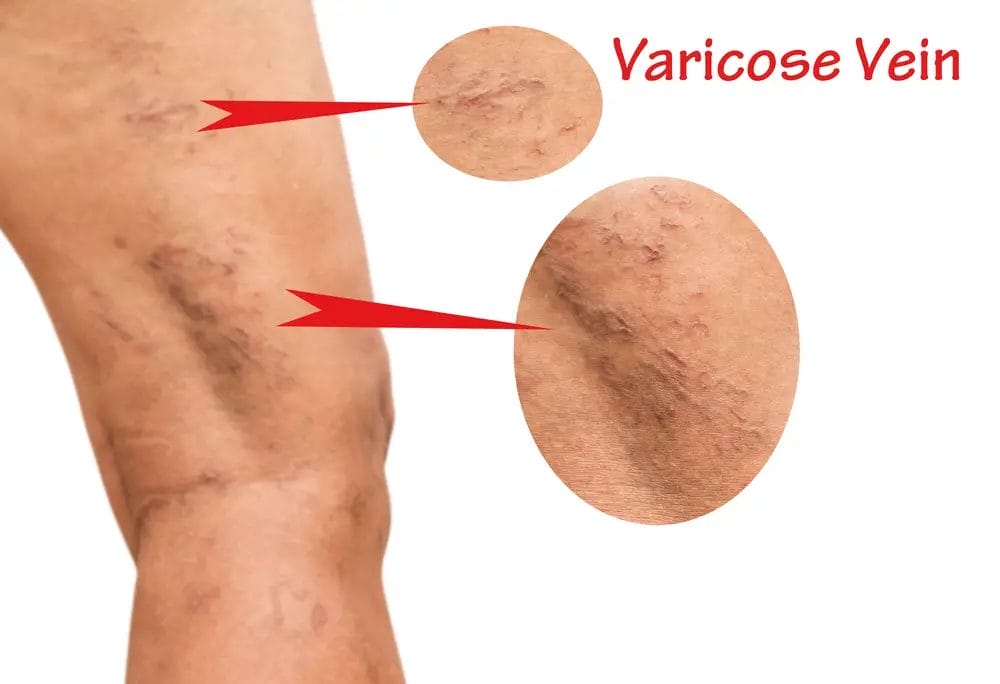
The basis of the action of any remedy against chronic venous insufficiency depends on its effectiveness, but before we get into the description of these two substances, we should learn a little more about the disease itself, for which we will apply them. Varicose veins are a disease that begins with minor symptoms, slight tingling and swelling of the lower limbs, on which after some time small blood vessels begin to burst, visible in the form of red spider veins.
This is a symptom of progressive circulatory disorders, when the blood, pressing harder on the walls of blood vessels, leads to their gradual weakening, and then to bursting. At the site of damage, inflammation develops, the veins are increasingly visible and convex, painful and often bursting, bleeding ulcers form. This is accompanied by severe pain, especially after great physical effort, the feeling of heaviness of legs, calf cramps, tingling and itching.
Varicose veins – the most common causes of the disease
Such symptoms of varicose veins cannot be ignored, but before undergoing treatment for symptoms of venous insufficiency, it is worth to diagnose the cause of their occurrence. The factors causing the development of the disease are many, some are due to our own negligence, and the most common causes of varicose veins are:
- bad diet, similar to the one causing overweight and obesity, which lacks nutrients responsible for the proper condition of blood vessels, especially for the synthesis of collagen co-creating them;
- lack of physical activity, sedentary lifestyle causing venous stasis and impeding blood flow, resulting from prolonged sitting;
- pants that are too tight, e.g. leggings that put pressure on the legs and, in the case of women, wearing high-heeled shoes all the time;
- taking excessively hot baths;
- Prolonged sunbathing in the sun or in a solarium and frequent use of saunas;
- congenital defects of the veins, especially with regard to the structure of the valves;
- Standing work and lifting too heavy weights that burden the lower limbs;
- Hereditary, genetic factors;
- pregnancy and childbirth;
- old age.
Chestnut extract – the origin and composition of the substance

The treatment of varicose veins is a long and complicated process that depends, among other things, on the severity of the disease. If the disease has already progressed to an advanced stage, surgical intervention may be the only way to help, but when it’s just beginning, it’s worth using an ointment or gel in which the main active ingredient is horse chestnut extract.
Its source is the bark and seeds of horse chestnut (Aesculus hippocastanus), a tree belonging to the soap family (Sapindaceae), commonly found throughout Europe, also known in our parks and valued not only for being an ornamental plant. Its composition makes it used in the treatment and prevention of not only varicose veins, and we can find in it numerous substances with proven therapeutic properties, among which the most important is:
Escin
Without which we would not be able to talk about the medicinal properties of horse chestnut seeds, being a saponin, and its content in the seeds is between 5 and 13 percent. Escin is actually a mixture of saponins, several compounds, including protoescigenin, bararyngtogenin C, tannins, carotenoids and coumarin compounds. It is to them that escin owes its health-promoting effects, and most often specialists speak of:
- anti-inflammatory properties, helping to alleviate any inflammatory conditions, including within the blood vessels;
- pain relief and reduction of swelling not only in the lower limbs, but also in the back;
- strengthening weakened walls of blood vessels, in particular, sealing weakened capillaries, which protects against their cracking and formation of spider veins
- Reduced risk of venous stasis and congestion;
- A noticeable reduction in the feeling of heavy legs;
- improvement of blood flow in blood vessels affected by atherosclerotic lesions;
- antioxidant action, removing from the body free radicals responsible for the development of numerous diseases, including cancer.
Of course, Aescin is not the only active ingredient of horse-chestnut extract, which apart from it contains:
- flavonoids, bioactive compounds, another antioxidants, acting anti-inflammatory, antiviral and antibacterial. They reduce blood viscosity, prevent platelet sticking together, i.e. aggregation, regulate blood pressure, helping fight hypertension;
- saponins, classified as glycosides, also soothing inflammatory conditions and removing harmful microorganisms from the body, lowering the level of “bad” cholesterol LDL, accelerating fat digestion, acting diuretic, helping in the removal of toxins;
- Plant sterols with anti-cancer properties, enhancing immunity, participating in production of collagen that strengthens blood vessels, accelerating regeneration of damaged tissues.
Horse-chestnut extract – medicinal use
As with many other plants, the medicinal properties of horse chestnut extract are directly related to its composition. Its use at the first visible symptoms of chronic venous insufficiency is fully justified and recommended by specialists, so it is worth summarizing its extremely broad health-promoting effects:
- anticoagulant, resulting primarily from the content of escin and flavonoids, substances that allow to reduce blood viscosity, improve its flow and thus minimize the risk of clots, often even life-threatening;
- strengthening and sealing walls of blood vessels, therefore it is recommended not only for the prevention and treatment of varicose veins, preventing blood leakage. It is also suitable for everyday care of couperose skin where small capillaries are visibly broken and for hemorrhoids, also called varicose veins of the anus. It can also be used to reduce cellulite, which is why it has found its way into the cosmetics industry;
- anti-edematous, reducing swelling that often accompanies varicose veins;
- soothing post-traumatic changes, painful results of injuries, bruises or dislocations, mostly in the area of joints, knees, ankles or elbows;
- removing hematomas and the painful effects of frostbite, possible thanks to the antibacterial, analgesic and blood flow-enhancing properties, and horse chestnut can be used here in the form of ointments or compresses soaked in its infusion;
- alleviating digestive system ailments, digestive disorders, which is helped by regular drinking of infusions made from horse chestnut leaves or flowers.
Hesperidin – often used together with horse-chestnut extract
If you check leaflets of many popular preparations for varicose veins that contain horse-chestnut extract, you will notice a certain regularity in some of them. Very often their second active ingredient is hesperidin, an organic chemical compound classified as a flavonoid. Its first conspicuous feature is its intense yellow color, a pigment which gives color to citrus fruits, oranges , lemons and grapefruits, as well as blackberries, chokeberries, blackcurrants and vegetables such as peppers.
However, hesperidin is not only a dye, its beneficial effect on our health has long been studied and confirmed, so it is commonly used in medical preparations, including those used to treat the symptoms of varicose veins. This is supported by its therapeutic properties:
- anti-inflammatory;
- anti-fungal;
- anti-allergic;
- anticancer;
- antioxidant;
- reducing excess lipids in the liver and blood;
- lowering the level of total cholesterol and its harmful fraction LDL;
- protecting blood vessels from bursting by strengthening their weakened walls, which is most important in the treatment of varicose veins;
- intensifying collagen synthesis processes;
- reinforcing the body’s immune system, providing better protection against possible infections;
- reducing the feeling of heavy legs and their swelling;
- alleviating symptoms of hemorrhoids.
Hesperidin, because of such properties, helps in the treatment of varicose veins, showing even higher effectiveness when combined in one preparation with horse chestnut extract and diosmin. Its effects are also appreciated by manufacturers of cosmetics, lotions, creams and tonics for couperose skin, protecting it against the formation of those unpopular, unsightly spider veins.
Horse chestnut extract and hesperidin – in which preparations they can be found
On the market, in stationary and online shops as well as on manufacturers’ websites we can find many preparations with the addition of these two active components, and two are particularly recommended by specialists and people with varicose veins:
Varicorin
A modern supplement in the form of capsules which target the exact source of varicose vein problems and eliminate them from the inside of the body and not only relieve the external symptoms. Varicorin contains a unique, patented variety of horse-chestnut extract, Venocin®, supported by other substances which guarantee its optimal, comprehensive action:
- hesperidin;
- Vitamin C;
- Centella Asiatica extract, also in the patented form of Centellin®;
- Witch hazel extract;
- grapevine extract.
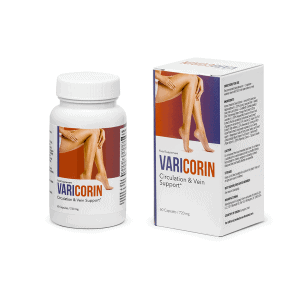
VaricOff
In the form of a sensational cream, acting in the same way comprehensively and dealing with most causes of chronic venous insufficiency. VaricOff quickly and, most importantly, effectively eliminates the most annoying symptoms of varicose veins, pain, swelling, itching and feeling of heavy tired legs. This is possible thanks to a properly selected dose of active substances, and in addition to horse chestnut extract and hesperidin, the cream uses:
- diosmin;
- troxerutin
- arnica extract
- lanceolate extract.
